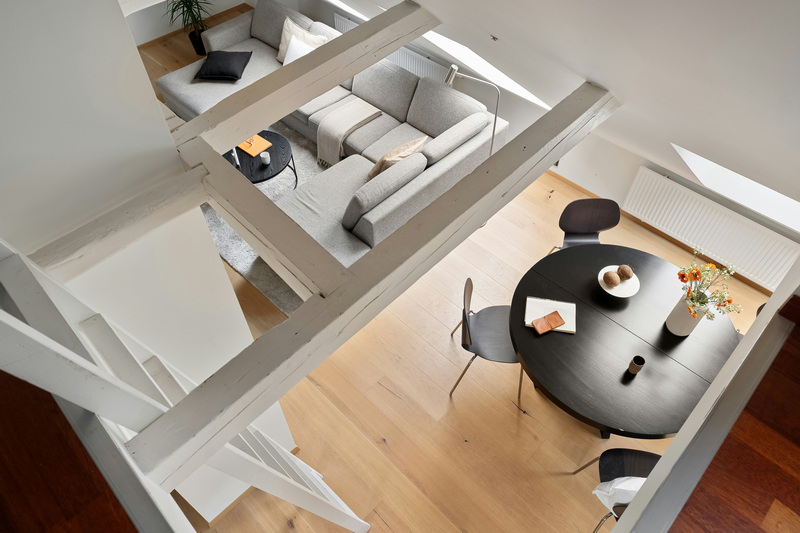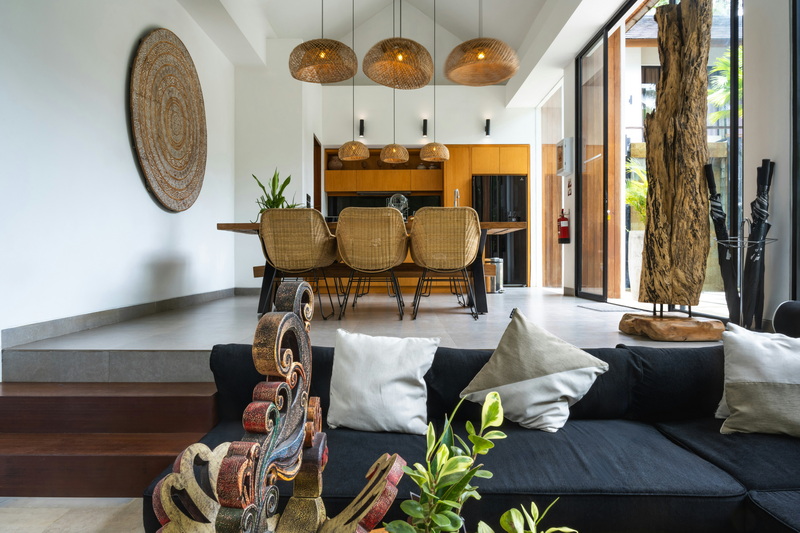English 




Views: 222 Author: Astin Publish Time: 2025-05-14 Origin: Site



Content Menu
● Why Paint Aluminum Patio Furniture?
● Preparation: The Foundation for a Lasting Finish
>> 3. Removing Old Paint and Rust
● Priming: Ensuring Paint Adheres and Lasts
>> 1. Choosing the Right Primer
● Painting: Techniques for a Professional Finish
>> 1. Selecting the Best Paint
>> 3. Tips for Flawless Results
● Sealing: The Secret to Long-Lasting Protection
>> 1. Why Seal Painted Aluminum?
>> 2. Choosing and Applying a Sealer
● Maintenance: Keeping Your Painted Furniture Looking New
● Creative Ideas for Customizing Your Aluminum Patio Furniture
● Troubleshooting: What If Something Goes Wrong?
● FAQ: Painting Aluminum Patio Furniture
>> 1. What type of paint is best for aluminum patio furniture?
>> 2. Is priming necessary before painting aluminum furniture?
>> 3. How do I prevent paint from peeling or chipping?
>> 4. Can I use a brush instead of spray paint?
>> 5. How long should I wait before using my painted patio furniture?
Aluminum patio furniture is a staple in many backyards, prized for its durability, lightweight design, and resistance to rust. However, even the most robust aluminum pieces can lose their luster after years of exposure to the elements. If your outdoor set is looking dull, chipped, or outdated, painting it can be a cost-effective way to revive its appearance and extend its life. This comprehensive guide will walk you through every step of painting aluminum patio furniture for a finish that stands up to sun, rain, and time.

Aluminum is naturally resistant to rust, but its surface can oxidize and its finish can degrade due to UV exposure, moisture, and general wear. A fresh coat of paint not only restores beauty but also adds an extra layer of protection against the elements. Painting allows you to:
- Refresh faded or chipped finishes
- Match your furniture to new décor
- Protect the metal from oxidation and minor scratches
- Extend the usable life of your outdoor set
Before you even think about picking up a paintbrush, thorough cleaning is essential. Dirt, grease, and old residues can prevent paint from adhering properly.
- Mix warm water with a mild detergent.
- Use a soft-bristled brush or sponge to scrub every inch, especially crevices and joints.
- Rinse thoroughly with clean water.
- Allow the furniture to dry completely before proceeding.
Sanding is crucial for creating a texture that paint can grip.
- Use fine-grit sandpaper (around 220-grit) to lightly sand the entire surface.
- Focus extra attention on areas with flaking paint or oxidation.
- Wipe away dust with a tack cloth or microfiber cloth.
If your furniture has peeling paint or spots of corrosion:
- Use a wire brush or paint scraper to remove loose paint and surface oxidation.
- For stubborn spots, a chemical paint remover formulated for metal can help.
- Always wear gloves and eye protection when handling chemicals.
If your furniture has parts you don't want painted (like plastic feet or fabric slings):
- Use painter's tape to cover these areas.
- For large sections, use plastic sheeting or wrapping paper secured with tape.

Aluminum requires a primer that can bond to non-porous metal.
- Select a self-etching or metal-specific primer.
- Self-etching primers are formulated to bite into the metal, creating a strong base for paint.
- Shake the can well if using spray primer.
- Hold the can 8–10 inches from the surface and spray in steady, overlapping strokes.
- For brush-on primers, use a high-quality synthetic brush for even application.
- Allow the primer to dry according to the manufacturer's instructions.
Choose a paint designed for outdoor use and metal surfaces.
- Acrylic or enamel spray paints are popular for their durability and ease of application.
- Satin or semi-gloss finishes are recommended-they hide imperfections better than high-gloss and are easier to clean.
- Work in a well-ventilated area, ideally outdoors on a dry, mild day.
- Apply paint in thin, even coats. Multiple light coats prevent drips and ensure a smooth finish.
- Allow each coat to dry completely before applying the next.
- For intricate designs or latticework, a spray paint or paint sprayer provides the best coverage.
- Keep the spray can or brush moving to avoid buildup and drips.
- Don't overload the brush or spray too closely.
- Paint in the direction of the metal's grain or pattern for a consistent look.
A clear sealer or topcoat provides a protective barrier against UV rays, moisture, and scratches, ensuring your paint job lasts for years.
- Use a high-quality enamel or polyurethane sealer formulated for outdoor use.
- Apply at least two thin, even coats, allowing each to dry fully.
- For spray sealers, maintain the same technique as with paint-steady, overlapping passes.
- Let the furniture cure in a dry, dust-free area for several days before use.
- Avoid heavy use or exposure to rain until the finish has fully hardened.
- Clean regularly with mild soap and water; avoid harsh chemicals or abrasive pads.
- Touch up chips or scratches promptly to prevent moisture intrusion.
- Store furniture under cover or indoors during harsh weather for maximum longevity.
- Skipping primer: Paint won't adhere well and will flake off prematurely.
- Painting over dirt or old paint: Leads to uneven, peeling finishes.
- Applying thick coats: Causes drips, runs, and slow drying.
- Ignoring weather conditions: Humidity and temperature extremes can ruin your paint job.
- Use stencils to add patterns or monograms.
- Try color-blocking with painter's tape for a modern look.
- Mix and match colors for different pieces to create a vibrant outdoor set.
- If paint bubbles or peels, it's often due to poor surface prep or painting in humid conditions. Sand down the affected area, re-prime, and repaint.
- For uneven color, apply additional thin coats until coverage is uniform.
- Drips can be sanded smooth after drying, then touched up.
Painting aluminum patio furniture is a rewarding project that can breathe new life into your outdoor space. The key to a long-lasting, professional finish lies in meticulous preparation, the right choice of materials, and patient application. By following the steps outlined in this guide-cleaning, sanding, priming, painting, sealing, and curing-you'll achieve a durable, beautiful result that stands up to the elements and everyday use.
With regular maintenance and prompt touch-ups, your freshly painted aluminum furniture will remain a highlight of your patio for years to come. Whether you're updating a single chair or a full dining set, a little time and effort can transform your outdoor area into a stylish, inviting retreat.

For aluminum patio furniture, use an exterior-grade acrylic or enamel paint specifically formulated for metal surfaces. Spray paints designed for outdoor metal are especially convenient and provide a smooth, even finish. Always pair with a suitable primer for best results.
Yes, priming is essential. Aluminum is non-porous and paint alone will not adhere well. A self-etching or metal-specific primer creates a strong bond between the metal and the paint, ensuring your finish lasts longer and resists chipping.
Proper surface preparation is the most important step. Clean thoroughly, sand to create texture, and apply primer before painting. Finish with a clear sealer and allow the paint to cure fully before using the furniture.
Yes, you can use a high-quality synthetic brush or roller, especially for larger flat surfaces. However, spray paint or a paint sprayer is recommended for intricate designs or latticework, as it provides more even coverage and a smoother finish.
After painting and sealing, allow the furniture to cure in a dry, dust-free area for at least 48–72 hours. For maximum durability, follow the manufacturer's recommendations for curing times-some finishes may require up to a week before heavy use or exposure to outdoor elements.
Top Aluminum Furnitures Manufacturers and Suppliers in Czech Republic
Top Aluminum Furnitures Manufacturers and Suppliers in Poland
Top Aluminum Furnitures Manufacturers and Suppliers in Belgium
Top Aluminum Furnitures Manufacturers and Suppliers in Finland
Top Aluminum Furnitures Manufacturers and Suppliers in Denmark
Top Aluminum Furnitures Manufacturers and Suppliers in Greece
Top Aluminum Furnitures Manufacturers and Suppliers in Portugal
Top Aluminum Furnitures Manufacturers and Suppliers in Austria
Top Aluminum Furnitures Manufacturers and Suppliers in Norway
Top Aluminum Furnitures Manufacturers and Suppliers in Sweden
